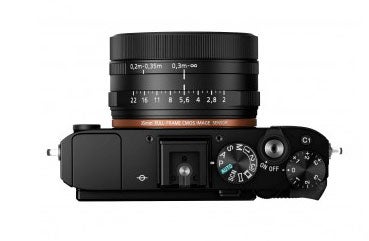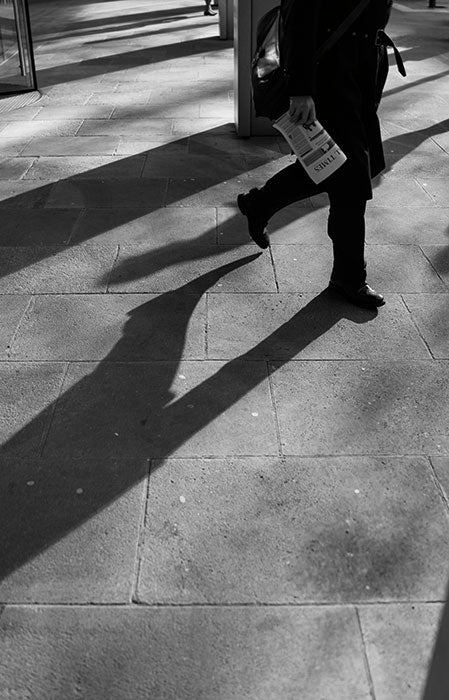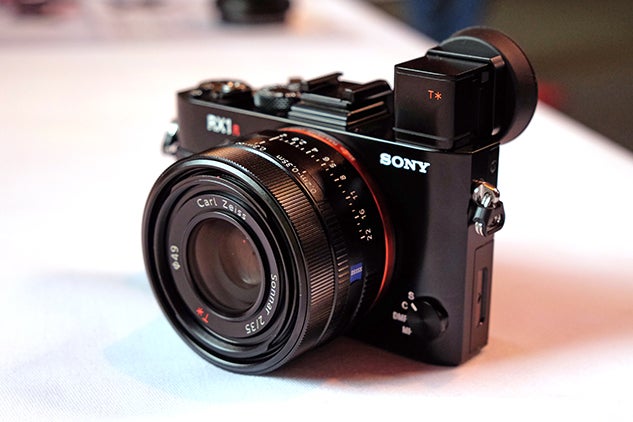Boasting a wealth of world-class features, the RX1R II looks incredible on paper. Callum McInerney-Riley finds out if it has held its place as king of the compacts
Sony RX1R II review
Sony RX1R II review – Introduction & features
At a glance
- 42.4-million-pixel full-frame Exmor R back-illuminated CMOS sensor
- ISO 100-25,600 native, ISO 50-102,400 expanded
- 35mm f/2 Zeiss Sonnar T* lens
- Pop-up OLED EVF with 2.4-million-dot resolution
- Tilting 3in LCD with 1,228,800-dot resolution
- 399 phase-detection AF points
After a flurry of camera announcements from Sony towards the end of 2015 we were not expecting any big launches. However, as the year drew to a close Sony surprised us with the Cyber-shot DSC-RX1R II – a replacement for the RX1R. This full-frame compact boasts the same 42.4-million-pixel sensor as the Alpha 7R II and a fixed 35mm f/2 lens. Although quite niche, all this makes the RX1R II a really interesting camera.
While the Sony RX1R had been unchallenged for several years, the Leica Q (announced just months before the RX1R II) now occupies the same niche. It boasts a 28mm f/1.7 lens and a 24-million-pixel full-frame sensor, along with an incredible 3.68-million-dot EVF So, does the RX1R II do enough to stave off the competition?
Features
The headline feature of the RX1R II is the sensor technology. At the heart of this compact camera is a 42.4-million-pixel Exmor R back-illuminated CMOS sensor – the same sensor unit as that used in the Alpha 7R II. When we tested the A7R II we praised the sensor for its excellent dynamic range, resolution and signal-to-noise ratio, so to have it included in a compact is quite special.
The press release for the RX1R II made reference to the ‘world’s first’ variable optical low-pass filter. This is an innovative piece of technology that attempts to combat the issue of moiré patterning or aliasing, while also giving users the ability to turn it off when they want the gain from extra resolution.

So, with the advent of this technology, Sony does not need to release two versions of the camera, such as the RX1R/RX1; instead, it has a single version, the RX1R II. Users can select the anti-aliasing level between off, standard and high, or even choose to bracket the effect to see how much anti-aliasing they need when reviewing the images.
Processing power is handled by the Sony BIONZ X image-processing chip, which is capable of delivering an impressive 5fps when set to speed priority continuous shooting. When you consider the resolution and the huge amount of data being moved around, that’s a significant achievement. This processor helps deliver a native ISO sensitivity range of 100-25,600, with expandable settings going from ISO 50 to a whopping 102,400.
As you would expect, the RX1R II will shoot JPEG and raw images. The interesting addition is that the camera also allows users to shoot uncompressed raw files. These are around twice as large as standard raw files and don’t show any compression artefacts, resulting in better image quality. It’s also worth noting that uncompressed raw is a feature that has also been rolled out in the Alpha 7R II in the form of a recent firmware update, and is featured on the Alpha 7S II.
The native aspect ratio of the RX1R II is 3:2, but Sony has allowed users to select different aspect ratios using smaller areas of the sensor.
Of course, a great sensor isn’t going to give great image quality without a decent lens. Sony continues to use a fixed 35mm f/2 Zeiss Sonnar T* lens with a nine-blade aperture diaphragm, which was also featured in the RX1/RX1R. This lens boasts a manual fly-by-wire aperture ring, and a ring on the lens allows users to select a close-focusing mode. This switches the focusing to 0.2-0.35m, with the 20cm minimum focusing distance being quite reasonable for close-up photography.

With the 35mm focal length, the camera lends itself well to street photography
Some people may look at the RXR1 II and be deterred by the inability to change the lens, but there are significant advantages of this over an interchangeable-lens camera. The biggest is that the lens can be designed to optimise its performance with the sensor – more so than is possible with an interchangeable lens. Sony claims the lens is specifically designed for the sensor, but the sensor has changed since the previous camera, and the lens design remains the same, making that a somewhat confusing statement. It is possible the lens has been tweaked for the new sensor.
Another advantage of the fixed lens is that it has given Sony the freedom to place optical elements of the lens further back from where the mount would usually be. Because of this, the lens designers have one less restriction, so the lens can be made smaller than a corresponding interchangeable lens.
IOS and Android smartphone and tablet users can make use of the RX1R II’s Wi-Fi and NFC connectivity via the Sony PlayMemories app, which allows users to send and receive images to their device and control the camera remotely. For a while now there have been some optional extras inside the PlayMemories app: it’s possible to add timelapse for £7.99, for example, and lightpainting for £3.99.
Video is an interesting area on the RX1R II. Although it has the same sensor as the Alpha 7R II, it doesn’t record 4K footage internally as the Alpha 7R II does. Instead, its maximum resolution is 1,080×1,920, with up to a 60p frame rate. It saves those files in the XAVC format at up to 50mbps. Audio can also be captured with the use of an external microphone via the 3.5mm stereo jack on the side of the camera. While the video quality is good, it’s a pared-down specification in comparison with the Alpha 7R II. It’s quite possible the optical low-pass filter and close proximity of the lens elements to the sensor could inhibit the heat dissipation required to capture 4K footage.

Previously, the RX1/RX1R camera had a pop-up flash, and if users wanted an electronic viewfinder they would need to buy the optional extra and attach it to the hotshoe. On the RX1R II the pop-up flash has gone and in its place is a pop-up OLED EVF (more about this later). There’s also a hotshoe over the lens that is compatible with a range of Sony accessories, including flashguns, an external mic and even the EVF.
A Sony NP-BX1 battery is used in the RX1R II, which is small and packs enough power for 220 shots per charge. For me, this is pretty low and I could easily drain the battery in a productive afternoon’s shooting. The saving grace is that a spare battery is also small, so although it’s annoying having to buy another battery it’s not too much trouble to carry one. Also, the camera can be charged via USB, so it’s possible to use a power bank to keep it topped up.




